
Know thyself: the guide to shaping your career trajectory
Blog0 Comments
/
How the power in knowing one's self can positively shape a happy and fruitful career-life trajectory
Guest post by Emily Wrenbeck
I was fortunate to have an excellent graduate school experience in the Chemical Engineering Department at Michigan State University. Under the mentorship of Tim Whitehead,…
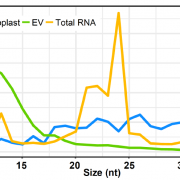
tyRNA Bubbles: Extracellular Vesicles Carry 10–15-nt Small RNAs and Specific Groups of MicroRNAs
Research, The Plant Cell, The Plant Cell: In BriefPlant and animal cells produce various types and sizes of extracellular vesicles (EVs). Mammalian EVs function in intercellular communication and plant EVs carry defense compounds, defense-related proteins, and RNAs and participate in the defense against fungal pathogens (reviewed in Hansen and Nielsen,…

Recognizing Plant Cell first author: Xiaoying Li
The Plant Cell, The Plant Cell: Author ProfilesXiaoying Li, first author of ETR1/RDO3 Regulates Seed Dormancy by Relieving the Inhibitory Effect of the ERF12-TPL Complex on DELAY OF GERMINATION1 Expression
Current Position: Postdoctoral fellow, Key Laboratory of Plant Molecular Physiology, Institute of Botany, Chinese Academy of Sciences, Beijing,…
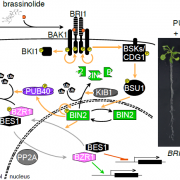
Plants on (Brassinos)steroids: Degradation of the Transcription Factor BZR1 by the E3 Ubiquitin Ligase PUB40
Research, The Plant Cell, The Plant Cell: In BriefBrassinosteroids (BR) are the only plant hormones with an animal counterpart: steroid hormones. Analysis of BR signaling demonstrated that steroid receptors could reside at the plasma membrane and modulate growth and gene expression, an observation that is now becoming appreciated in non-plant systems…
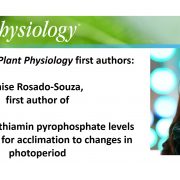
Recognizing Plant Physiology first authors: Laise Rosado-Souza
Plant Physiology, Plant Physiology: Author ProfilesLaise Rosado-Souza, first author of Appropriate thiamin pyrophosphate levels are required for acclimation to changes in photoperiod
Current Position: Postdoctoral Researcher at the Max Planck Institute for Molecular Plant Physiology, Germany
Education: PhD in Molecular Plant Physiology at Max Planck…

Get the Ball Rolling! Applying and Interviewing for Careers in Industry
Careers, Careers - BlogGuest post by Guillaume Beaudoin, Scientist, Conagen Inc.
About one year has gone by since I had begun seriously looking for a job to end my postdoctoral experience at the University of Florida. I had read all the doom and gloom: how the ratio of the number of faculty positions to PhDs is forever…
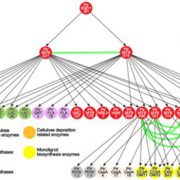
Transcription factors regulate wood formation
Research, The Plant Cell, The Plant Cell: In a NutshellChen et al. construct a transcriptional regulatory network governing wood formation. Plant Cell http://doi.org/10.1105/tpc.18.00620
By Hao Chen, Department of Plant and Microbial Biology, North Carolina State University
Jack Wang, Forest Biotechnology Group, Department of Forestry and Environmental…
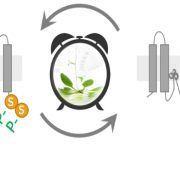
Daily Rhythms of Leaf Hydraulics: a Matter of the Clock and Phosphorylation
Research, The Plant Cell, The Plant Cell: In a NutshellPrado et al. uncover a mechanism that tunes the hydraulics of leaf tissues to synchronize water supply with day and night cycles, thereby optimizing plant growth. Plant Cell https://doi.org/10.1105/tpc.18.00804
Background: Plants must cope with daily fluctuations in temperature, light, and humidity.…
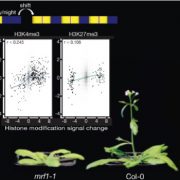
Phloem Companion Cell-Specific Transcriptomics and Epigenomics
Research, The Plant Cell, The Plant Cell: In a NutshellBy conducting phloem companion cell-specific transcriptomic and epigenomic analyses, You et al. identify MRF1, a novel regulator of flowering. Plant Cell https://doi.org/10.1105/tpc.17.00714
By Yuan You1,2 and Markus Schmid1,3
1 Max Planck Institute for Developmental Biology, Department of Molecular…

